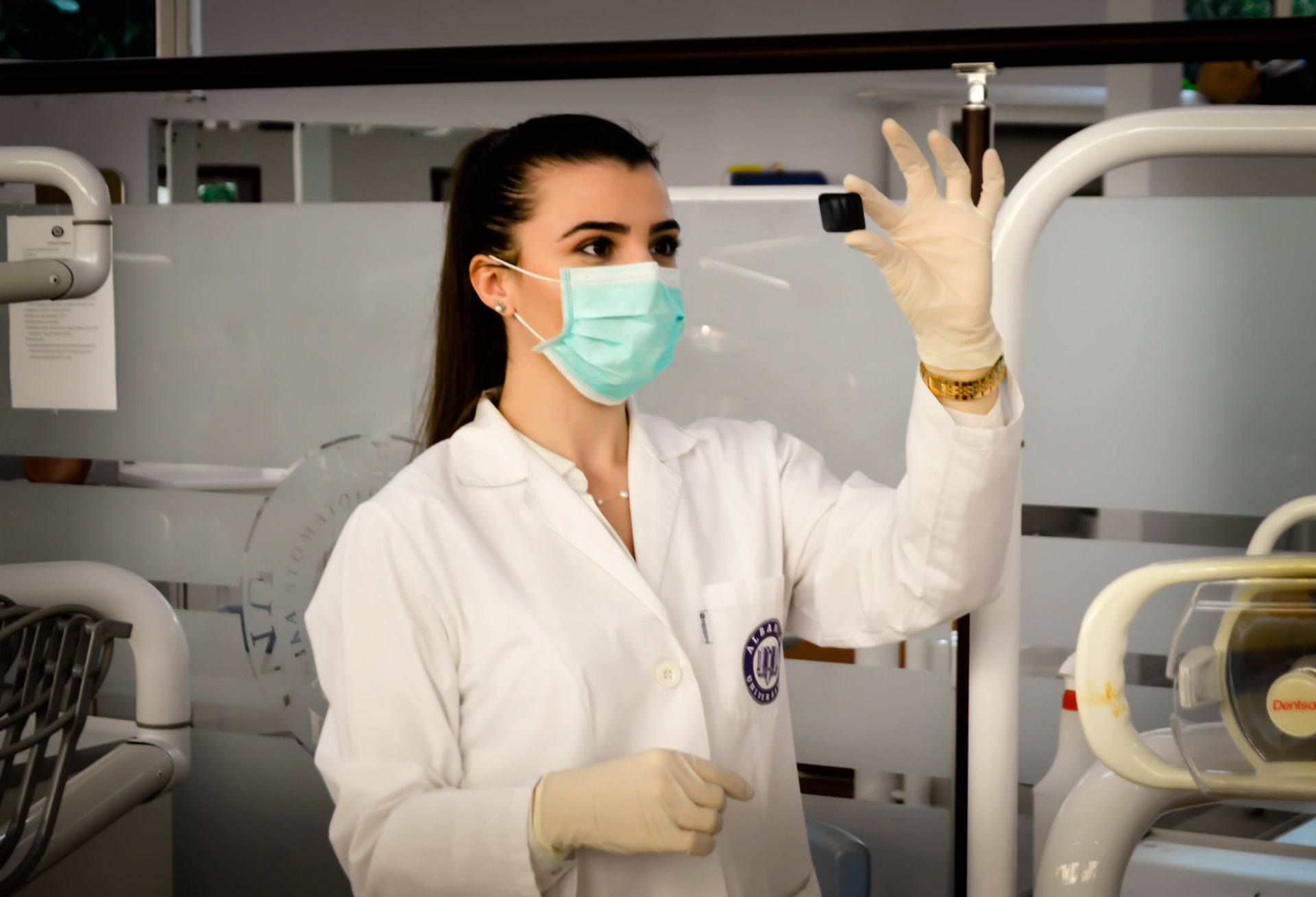Logistics and supply chain management have the essential task of efficiently planning, organizing, and coordinating the movement of goods from their point of origin to their destination.
Healthcare organizations can reduce costs and improve patient outcomes by aligning their supply chain goals with a patient-first approach. Our in-house logistics team supplies patients with the telehealth equipment that they require using PatientDirect, a healthcare delivery solution from HRS.
The supply chains are interconnected business and stakeholder networks that work with a product in order to transport it from its point of origin to its destination. Supply chain management aims to link these networks efficiently and create an end-to-end strategy that lowers costs and speeds shipping without compromising the quality or value for the consumer.
 Logistics is an integral part of supply chain management. It involves generating detailed processes that plan and coordinate complex goods transportation. This includes providing reliable, timely, and safe shipping. A logistics department is the core of any supply chain that runs smoothly. It designs innovative ways to improve the flow of information and products from suppliers to customers.
Logistics is an integral part of supply chain management. It involves generating detailed processes that plan and coordinate complex goods transportation. This includes providing reliable, timely, and safe shipping. A logistics department is the core of any supply chain that runs smoothly. It designs innovative ways to improve the flow of information and products from suppliers to customers.
Peter Reed, a logistician, describes the relationship between logistics (and the supply chain) in the following manner: “supply Chain comprises all aspects a product’s life cycle, from origin to end-user. For example, from farm to fork. 1 Logistics refers to one component in the supply chain. It addresses efficient product movement such as from manufacturer or retail store to fork.
Efficiently managed supply chains produce the most value when individual business goals are unified to form an end-to-end approach to delivering goods. Collaboration between business partners is possible when the success of the whole supply chain is considered. This allows for innovative logistics solutions that can be used to benefit businesses in many ways.
Investing in Logistics has many benefits
By understanding your supply chain, and investing in better-organized logistics to increase product value, you can reduce both the time and cost of moving goods from one place to the next. Businesses that want to grow need a solid logistics foundation that allows for safe, reliable, and timely delivery of goods at an affordable cost.
The day-to-day logistics services are dependent on the industry, but typically include tasks like order processing, warehousing, and, last but not least, shipping. To increase the visibility of goods moving from one point to another, logisticians deliver data summaries to their supply chain partners. To improve customer service, logistics partners can coordinate live tracking updates and establish open lines of communication. This will allow for greater transparency.
There are different stakes in delivering products on time. Supply chain managers cannot afford to be late in delivering important medical devices, such as healthcare products. The product could save a life. A well-run supply chain communicates with all stakeholders in order to ensure that products reach their destination on time and in good working order.
How to Healthcare Logistics
Innovation in healthcare logistics allows for the development of a value-based supply chain. It is necessary to reexamine the goals of the healthcare supply chain in order to adapt to the needs of each agency and to make sure that they fit the new patient-centered model. A holistic approach to supply chain management, which centers clinicians and patients, will improve patient outcomes as well as strengthen long-term supply chain goals among partners.
Waste management, inventory, and storage management, sanitation and device maintenance, as well as shipping, are some of the most challenging aspects of healthcare logistics. It can be hard to find alternative solutions when there is a shortage of storage space, rising labor costs, or frustrating manual procedures that must be completed by clinicians.
A 2019 Cardinal Health survey found that 42% of respondents felt supply chain work took too much time away. 45% of front-line providers said that manual supply chain tasks had a negative effect on patient care. We can rethink the supply chain to make it more efficient for clinicians and allow caregivers to spend more time with patients.
Health Recovery Solutions is committed to developing long-lasting solutions. We invested in our own logistics team as the first step in creating a more efficient supply chain to deliver telehealth services. Our telehealth home delivery service, PatientDirect, helps agencies reduce costs and improve quality. This makes telehealth more affordable for those organizations that don’t have the staff or space to invest in inventory management.
 An easy telehealth delivery solution
An easy telehealth delivery solution
In the PatientDirect warehouse, our in-house logistics team works with your organization to make sure patients receive the telehealth equipment they need when they need it. The HRS telehealth units can be managed off-site at a centralized shipping facility. Orders are processed and quality-checked prior to being shipped directly to patients.
Our patient-centered Northwest haulage companies program addresses logistical issues facing healthcare organizations, such as inventory management and device maintenance & sanitation. It also helps with shipping.
PatientDirect orders and returns can be easily placed on www.shiphrs.com and all orders are automatically processed on the same day, generating a quicker delivery of care with reduced downtime. Kits are tested and cleaned before being shipped to patients. Live tracking is available.
The HRS logistics team coordinates and tracks the equipment return to ensure a fast inventory turnaround. We can provide shipping labels and arrange home pickups so that units can be returned quickly and efficiently from any part of the country.
We have been able to identify inefficiencies in healthcare supply chains and develop solutions that increase efficiency, reduce cost, and improve patient outcomes.
PatientDirect reduces labor costs and improves space utilization, while also reducing kit inventory. This allows clinicians to direct more resources into patient care. The future of telehealth is brighter with PatientDirect’s patient-first, end to end supply chain solution.





